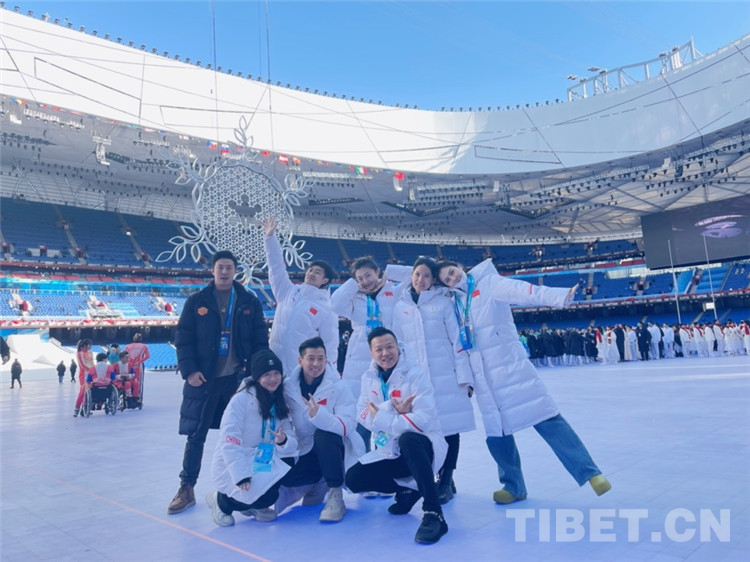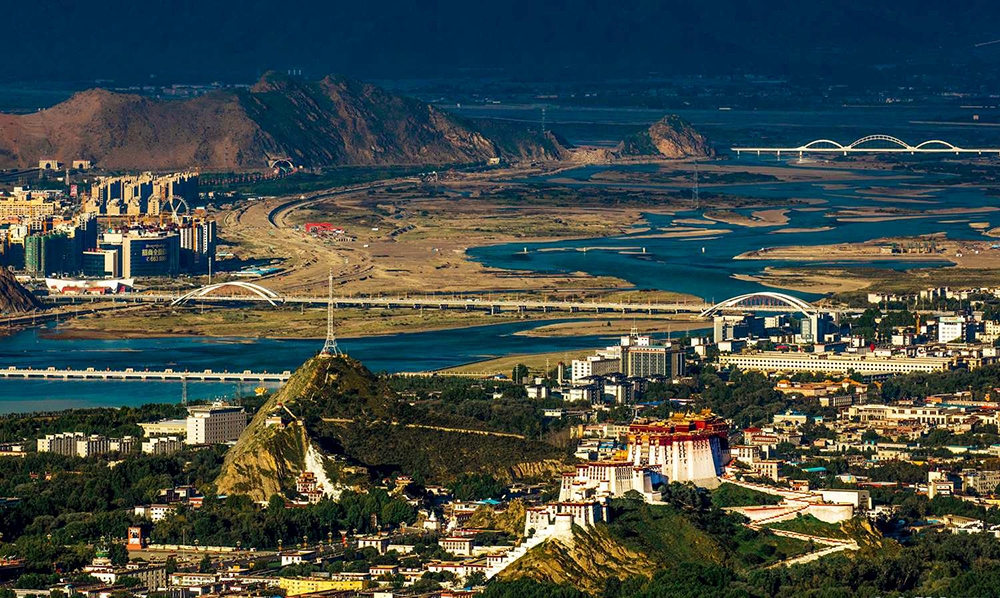The higher the altitude, the more likely to be in hypoxia?
Many people travelling to Tibet think that the higher the altitude, the more likely to be in hypoxia, is this true?
"Altitude is not the only factor deciding plateau hypoxia." Shi Peijun, a geographer, points out that altitude contributes only 39.58% to plateau hypoxia, and factors such as atmospheric temperature, vegetation coverage, soil, and latitude all play important roles.
The total area of the Qinghai-Tibet Plateau is about 2.6 million square kilometers, and most areas are over 4,000 meters above sea level. Studies have shown that under the combined effects of altitude, atmospheric temperature, vegetation coverage, soil, etc., the near-surface oxygen content of the Qinghai-Tibet Plateau is significantly different, with the east higher than the west, the south higher than the north; the forest higher than the grassland, the grassland higher than the desert; summer higher than winter, warm season higher than cold season and noon higher than early morning. The overall oxygen content is decreasing from southeast to northwest.
Tibet Stories

Gains and inspiration of the Olympic Games to a Tibetan youth
The 10-day Beijing 2022 Paralympic Winter Games took place and ended in March, leaving good ...

